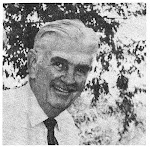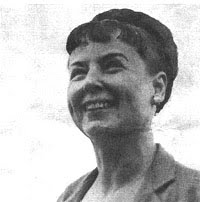The field of education is going through a massive reassessment, and students are being barraged with tests, studying for tests, and remedial reading to pass those tests. For good or ill, there’s a growing concentration on having students read non-fiction. Sara Moshe writes in this week’s New York Times that educators are foisting “historical documents, scientific tracts, maps, and other ‘informational texts’ like recipes and train schedules” onto beleaguered students.
All well and good if you want to catch the overnighter to Buffalo or bake a pie, but aren’t there more exciting, charming or inviting subjects? It’s easier to impart knowledge in a congenial, inviting manner than by force feeding children with turgid texts.
In researching the effect Holling has had I’ve been struck by the many recommendations for using his books for home schooling. Somewhat more than 2 percent of school-age children K-12 are home schooled. Their parents’ reasons are objections to school environment, desire for religious instruction and hopes for better education. Perhaps they also want to choose texts that are more enriching than this “Common Core.”
Beautiful Feet Books (at http://bfbooks.com/) believes that “the best children’s literature can both educate and inspire.” One of the popular products of this bookseller is its Geography Through Literature study guide and map set. It accompanies Holling’s Paddle-to-the-Sea, Tree in the Trail, Seabird and Minn of the Mississippi.
Home School Discount Products (at http://www.homeschooldiscountproducts.com/) also recommends four of those books plus Pagoo. Its employees are all home-schooled or are parents who home-school their children.
Literature is a significant part of home schooling. It’s obvious to even the casual reader that Holling’s story lines and splendid art and illustrations are guides that can introduce elementary students to a world of naturalism, the geography of America and the cultures that formed our country.
Another often-overlooked reason why Holling’s work succeeds in attracting children is its reading index. His Flesch Reading Index score is 75.2, meaning that 90% of other vocabulary is harder. Similarly, only 5% of Holling’s words are “complex. His vocabulary choices have just 1.4 syllables per word. (Difficult or foreign words are spelled phonetically.) And, there are an average of just 12.3 words per sentence.
Education fads swing into and out of favor, but currently there is great stress on the scientific and technical at the expense of the humanities. While we need mathematically adept professionals, it would be wonderful if there were an equal number of children who grow up making the liberal arts and literature a cornerstone of their lives.
Holling’s sidebar illustration from Tree in the Trail can’t help but capture a young student’s imagination.










No comments:
Post a Comment